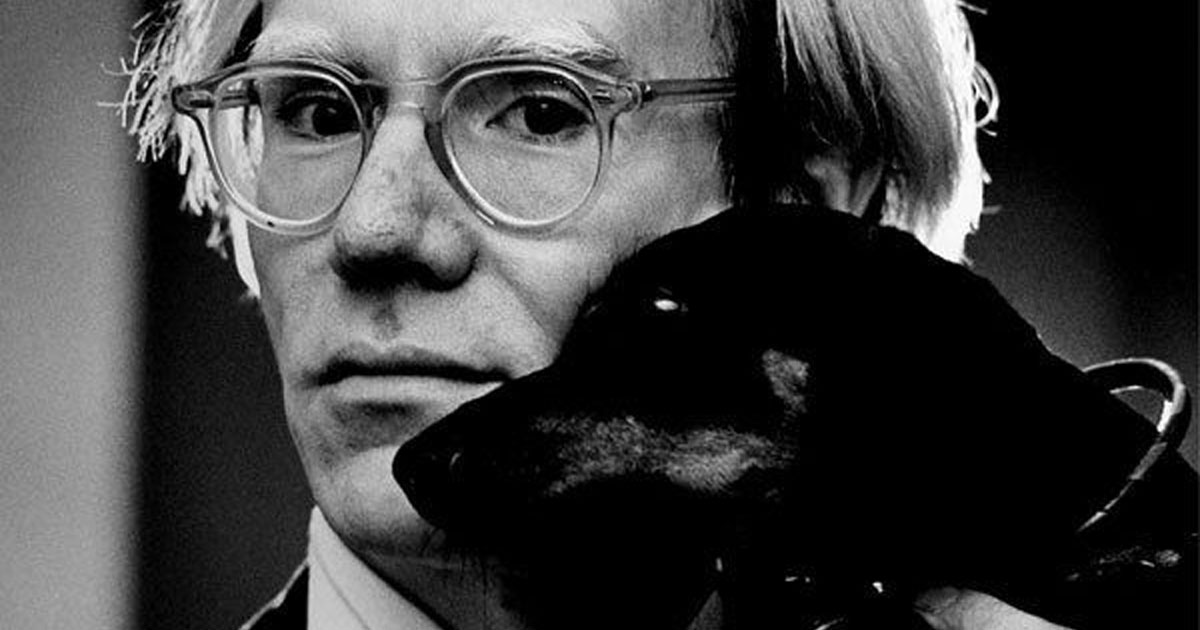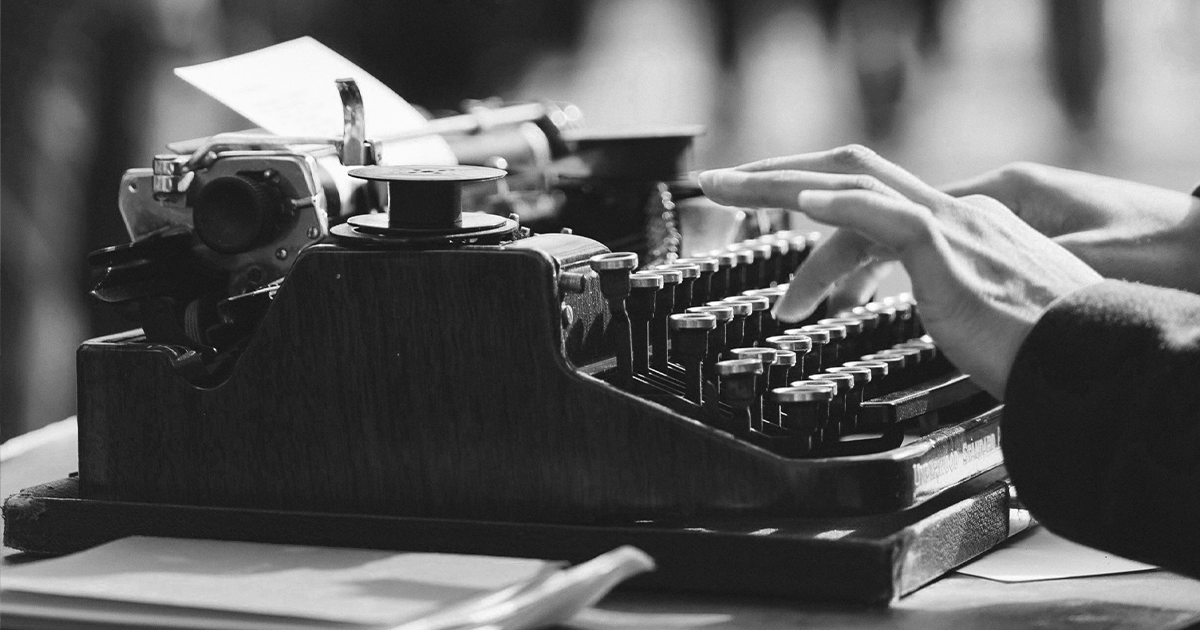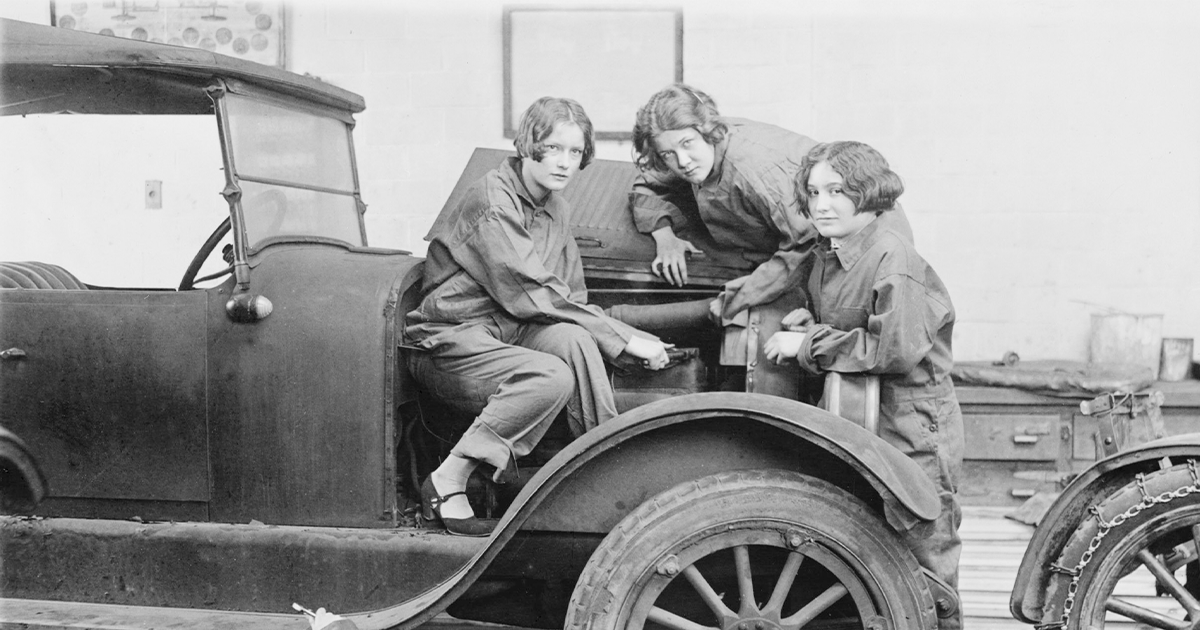Why am I obsessed with Andy Warhol?
Warhol’s work and the way he thought about his work resonates. It’s intentionally throwaway, technically perfect but deliberately imperfect at the same time, his subjects are immediately recognisable because he shamelessly recycled culture under the guise of providing culture. He took the disposable and drew attention to it. His work was aggressively aware; in fact, it’s borderline abusive in its delivery because if you don’t know anything about the subject or the process or the context around the subject, or why the subject was even chosen in the first place; well then it simply doesn’t care.
Warhol’s work took its subjects and basked in their incredibility, it made them available and by extention it made itself credible. It could be purchased, an ‘original’, for a price that you could afford. Can’t afford a full-size, one of 100 Mao print? Purchase one of 1000 A4 size Monroe prints… Warhol’s ethos and method was perfect. For his contemporaries, for designers – it’s a template. For the consumer who buys in the the idea of ‘the artist’ as a genius, one-of-a-kind, font of creativity; well then its easy to dismiss and potentially uncomfortable to talk about.
Warhol took the exclusive, elitist, insular art world and subverted the entire thing in that he made the dirty little production secrets, the behind closed doors deals, the hedonistic art world his punctuation marks. He assembled a coherent language and used the disposability of modern culture as his footnotes. He packaged and sold it back to bankers, real estate moguls, advertising consultants. Art as business. Art as commodity. Art as a thing to be owned, experienced, enjoyed and ultimately repainted over again when the next big thing came along. It tapped in to the late 70s, early 80s vein of decadence and self made superstars, he took popular culture from its audience and sold it back to them as cultural artifacts.
He sounds just great. So why Warhol?
Warhol’s studio – Factory – employed a number of up and coming talent, working on screens, stretching canvas, even applying paint and producing work. Knowing this may cheapen Warhol as an artist for some people, to dilute him. For Typeface, it cements him as somebody who understood the tone and direction of cultural trends and the need for accessible, exclusive, easy to produce product. He produced and sold a lifestyle, a snapshot of the decadent, and you could have it in a colour that matched your rug.
It’s this production process that echoes the tone of his work. The very serious Andy Warhol as Creative Director, Andy Warhol and his design agency; producing art as commodity, all under one brand.
Factory worked in a similar way to many now established design agencies. Some agencies do a great job of continuing the Factory spirit, often selling creative work under a brand or name that no longer has any attachment to its original namesakes.
Both modern Design and Art studios take that Factory template, the studio template, but they treat it very differently.
In the art world, Damien Hirst as a studio seems to be a dirty little secret when compared to the design world’s take on the seasoned thought leader/designer with a hand picked team. The notion that you may be getting a watered down work of art because there is a process and a team behind it is contrasted by the idea that your business gets more value and experience when a larger design team works on your project.
Wolff Olins, Pentagram etc all started life under the superstar designer. In the case of Wolff Olins, those superstar designers moved on decades ago, leaving behind a still trading, incredibly well respected company. But are they Wolff Olins in pedigree and brand name only? Typeface doesn’t think so. If Wolf Olins can continue on in name, and the work still defines trends, and they’re still known for that classic Wolff Olins style, then surely the ethos has endured in to the next generation to inspire and be built upon?
None of this is separate, and that’s the point. Duchamp, Picasso, Rand, Warhol. Through to Basquiat, Banksy, Hirst and Emin. These are ongoing cultural conversations that splinter and branch. We move, as people living in the Digital Golden Age, between concepts made real and the physical seamlessly. Our world is one that’s punctuated with moments of instant gratification alongside instant disappointment. We consume, we reassess; adapt and move on. Warhol created and marketed the disposable to the consumer, he was so good at it that his disposable work dictated the ethos and tone of many of today’s contemporary artists. He was so good that his disposable throwaway commodities became relatable cultural touchstones that now command their own galleries, they went on to influence and dictate the thinkers and artists that we work with and look up to today. It’s important to understand your roots; but it’s also important to understand why they’re your roots, and what you can take from them.
And that’s why I like Andy Warhol.





